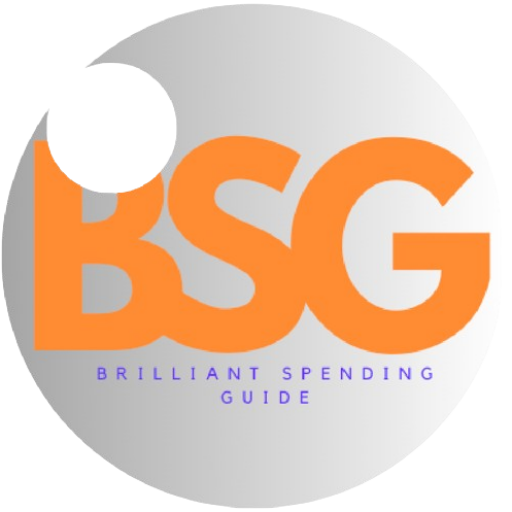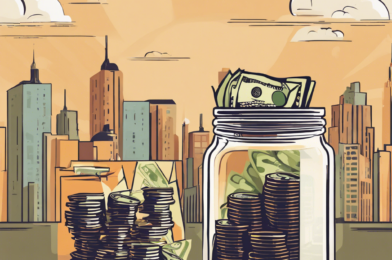Are you considering purchasing life insurance but can’t decide if it’s the right move for your financial situation? You’re not alone in feeling confused about this often-misunderstood financial product. Life insurance is a crucial safety net for many, yet it can be a complex and daunting topic to navigate. So, let’s unravel the mystery and determine if life insurance is a necessity for you.
Contrary to popular belief, life insurance isn’t just for the wealthy or the elderly. It serves as a vital financial tool to protect your loved ones in case of your untimely demise. When you have dependents, such as a spouse, children, or even aging parents, life insurance ensures they are financially secure even if you’re no longer there to provide for them. It can help pay off mortgages, fund college education, cover daily living expenses, and provide a secure future for your family.
Now, you might think, “I’m young and healthy; I don’t need life insurance yet.” While it’s true that life insurance premiums are generally lower when you’re younger, that doesn’t mean you should delay purchasing coverage. The cost of life insurance increases as you age, and health issues can arise unexpectedly, making it more challenging and expensive to obtain coverage later on.
Choosing the right life insurance policy is an important decision. There are two primary types: term life insurance and permanent life insurance. Term life insurance provides coverage for a specific period, typically 10-30 years, and is often more affordable for younger individuals. Permanent life insurance, on the other hand, offers lifelong protection and includes an investment component, making it a more comprehensive but also a more expensive choice.
When selecting a policy, consider your current financial obligations, future goals, and family’s needs. A licensed insurance agent can help you evaluate your options and find the right coverage for your unique situation. Remember, life insurance is about peace of mind, knowing that your loved ones will be taken care of when you’re gone.
In conclusion, life insurance is not a one-size-fits-all product. It is a personalized financial tool that provides security and peace of mind. By understanding your needs and the options available, you can make an informed decision about whether life insurance is the right fit for you and your family. So, take the time to explore, ask questions, and seek advice to demystify the world of life insurance and make the best choice for your future.










